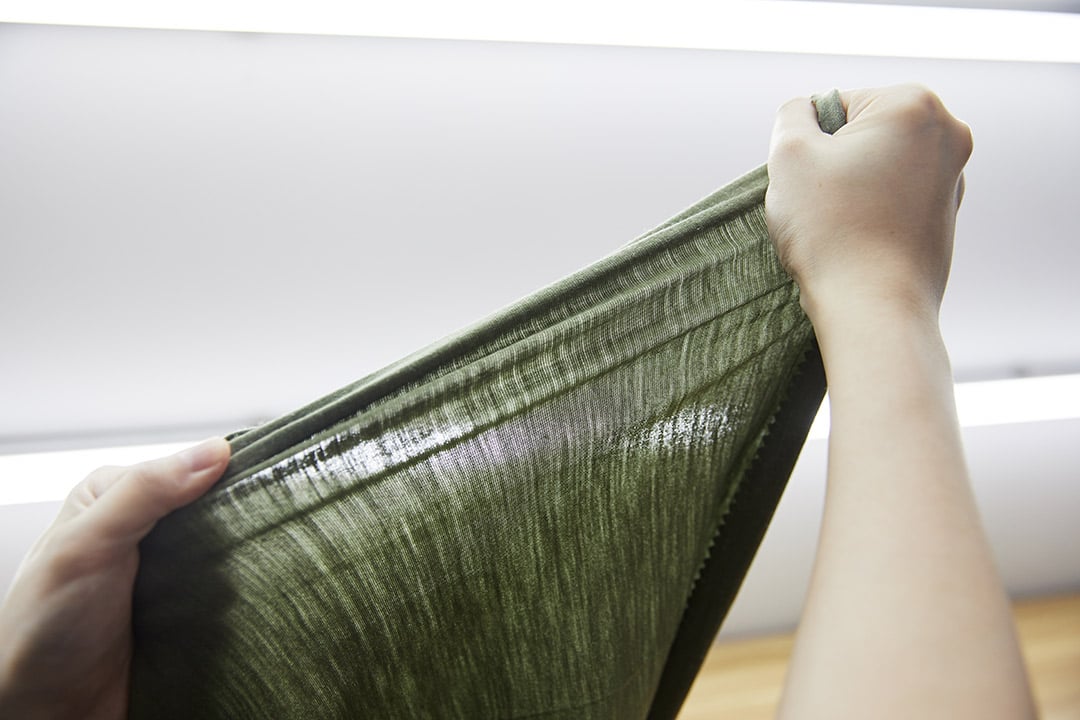Wool, a multifunctional and valuable product, enables zero-waste processing from manufacture to the final product by facilitating the development of long-lasting commodities. Wool fibres are biodegradable both underwater as well as on land. The degraded waste releases essential nutrients for the soil, providing additional grazing space for the cattle and a fertile base for crop cultivation. Wool is the perfect circular fibre owing to its intrinsic renewability.
Moreover, unlike many synthetic fibres, the potential benefits of wool are beyond human imagination. With many natural resources deteriorating by the day,
circularity is the only option to conserve them for future generations.
Here are five reasons why wool is considered the perfect circular fibre.
1. Not a Single Fibre is Wasted
Fibres are classified by overall quality based on their fineness and length after the shearing process. The procedure refers to the practice of extracting the wool of a sheep. The long and homogenous wool fibres are worsted on one side, resulting in extra-fine yarns with a tint of ivory.
Shorter wool fibres, on the other hand, go through further processing. About 10% of shorter fibres come down during the process. These fibres, known as “noils” or “blouses,” are collected and spun to produce high-quality virgin wool yarns and fabrics.
2. Usage of Production Waste
All leftovers from different manufacturing steps are reused as raw materials throughout the manufacturing process without additional processing to avoid excess energy use. The scraps from different stages, such as coning and weaving, are recycled into fibres. In the textile sector, rough strands and wool fibres are utilised in the furniture and carpet industries.
3. Woollen Products Last a Long Time
Woollen garments and accessories last a lifetime, which is fundamental to avoiding overproduction and keeping materials in use. The total environmental impact is influenced by the number of times a garment is worn. Woollen clothing and accessories are incredibly resilient and last for a long time.
According to the International Wool Textile Organisation, woollen items have the potency to last about 20–30 years or more, owing to their features. As an added benefit, woollen clothing requires less cleaning without compromising the quality for a longer period.
4. Recycling Wool Has a Negligible Environmental Impact
The wool can be recycled into a value-added product through a low-impact technique without excessive energy use. On the other hand, synthetic fibres such as polyester are recycled by a chemical process that demands the usage of gallons of water. Recycled wool is fully biodegradable.
5. Recycled Wool Colours Are Generated Without the Use of Added Dyes
Another notable feature of wool as a circular material is that no extra dye is required to create recycled wool strands and garments to achieve a colour. The wool makes use of the colours that clothing had before recycling. Colour-separated woollen goods are mechanically shredded to generate fresh and vibrant recycled wool fibre.
Bottom Line
To wrap up, wool is the best resource for
circularity that mother earth has given humankind. A wide range of durable goods are manufactured from wool, and almost nothing ends up in landfills when handled wisely. Wool is a well-known fibre that progressively led the world to understand that the utility of wool is nearly unrivalled in the world of textiles. Adopting and expanding the
circular economy in fashion might help restore the balance lost and exacerbated over the previous decades.

